| Structure | Name/CAS No. | Articles |
|---|---|---|
 |
Ammonium bifluoride
CAS:1341-49-7 |
|
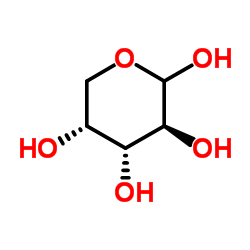 |
D-Arabinose
CAS:10323-20-3 |
|
 |
Ammonium acetate
CAS:631-61-8 |
|
 |
Methanol
CAS:67-56-1 |
|
 |
sodium dodecyl sulfate
CAS:151-21-3 |
|
 |
L-Glutamine
CAS:56-85-9 |
|
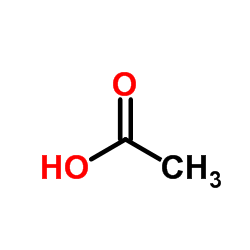 |
acetic acid
CAS:64-19-7 |
|
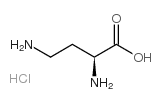 |
H-Dab.HCl
CAS:1482-98-0 |
|
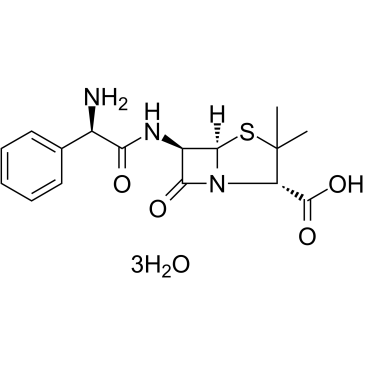 |
Ampicillin Trihydrate
CAS:7177-48-2 |
|
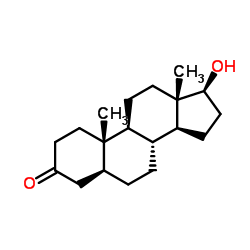 |
Stanolone
CAS:521-18-6 |